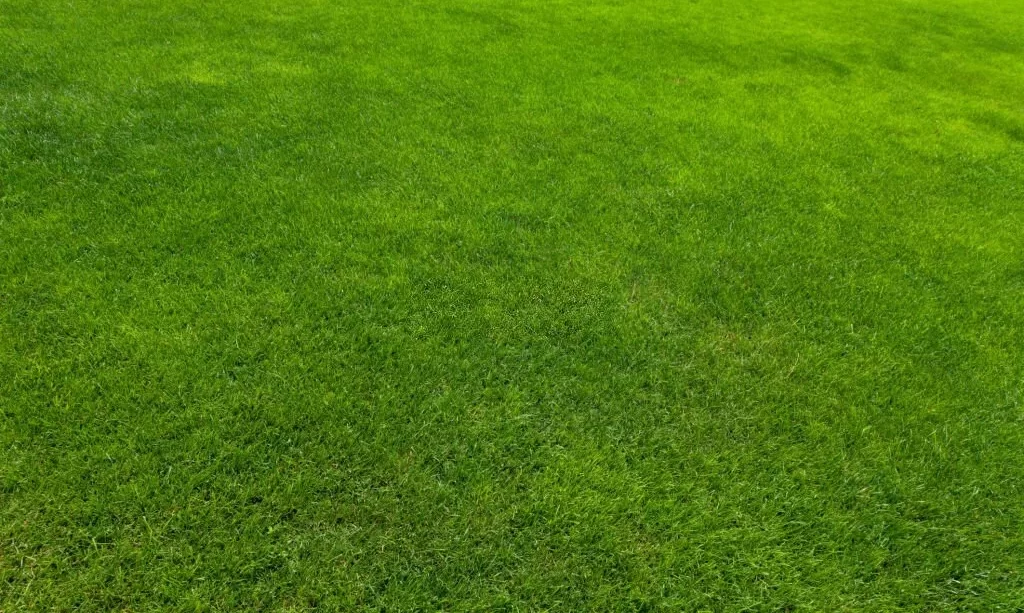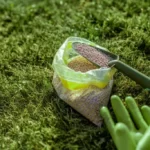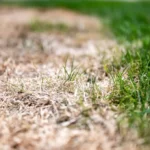A lush, green lawn is a hallmark of a well-maintained home. But behind that carpet of grass lies a vital truth: water is the lifeblood of your lawn’s health. In this article, we’ll explore a fundamental question that concerns every homeowner and gardener: how long can grass go without water? Understanding the limits of your lawn’s drought tolerance is essential for its care and survival. We’ll delve into the science of grass and water, factors that affect its water needs, and what to look out for to ensure your lawn remains healthy and vibrant.
- Scotts Turf Builder Lawn Food feeds and strengthens grass to help protect against future problems
- Fertilizer builds strong, deep roots and improves the lawn’s ability to absorb water and nutrients (vs. unfed lawn)
- Apply lawn care product to a wet or dry lawn
- Grass fertilizer works on any grass type
- One 12.5 lb. bag of Scotts Turf Builder Lawn Food covers 5,000 sq. ft.
The Basics of Grass and Water
Grass, like all living plants, relies on water for its very existence. Water plays multiple crucial roles in the life of grass, including:
- Photosynthesis: Water is a key ingredient in the photosynthesis process, which enables grass to convert sunlight into energy, fueling its growth and development.
- Nutrient Uptake: Water acts as a carrier for essential nutrients, allowing the grass to absorb minerals and elements from the soil.
- Temperature Regulation: Water helps regulate the grass’s temperature, preventing wilting and damage during hot weather.
Different types of grass have varying water requirements, influenced by factors such as climate, soil type, and the specific species of grass in your lawn. Understanding these basics is the first step in comprehending how long your grass can endure without water and how to ensure its vitality.
Factors Affecting Grass’s Water Needs
The water needs of your grass are not fixed; they depend on a range of factors. Here are some of the key influences that affect how often your grass requires water:
- Climate: The local climate has a significant impact. Hotter and drier climates often necessitate more frequent watering, while cooler, more humid regions may require less.
- Soil Type: Different soil types retain water differently. Sandy soil drains quickly, making it necessary to water more often, whereas clay soil retains water better and may require less frequent watering.
- Grass Species: The specific type of grass in your lawn determines its water requirements. Some grasses are more drought-tolerant than others.
- Weather Conditions: Recent weather, including rainfall and humidity levels, can affect your lawn’s water needs. Dry and hot weather increases the demand for water.
Understanding how these factors interact in your local environment is essential for efficient lawn care and watering practices.
Signs of Thirsty Grass
To gauge when your grass needs water, it’s crucial to recognize the telltale signs of thirst. Some common indicators include:
- Wilting: Grass blades may appear limp or fold in half when they lack water, a clear sign that your lawn needs hydration.
- Change in Color: A lawn that is becoming dehydrated may change from a vibrant green to a dull, bluish-green or grayish hue.
- Footprints Linger: When you walk on the grass, footprints may remain visible for an extended period, indicating that the grass lacks moisture.
- Soil Dryness: Check the topsoil; if it’s dry to a depth of about 2 inches, it’s time to water.
Recognizing these signs promptly is essential to ensure your lawn remains healthy. Waiting too long to water can lead to stress and damage that may take time to recover from.
How Long Can Grass Go Without Water?
The endurance of grass without water can vary based on several factors, including the grass species, local climate, and recent weather conditions. In general, most grasses can survive without water for a period of two to four weeks. However, it’s important to note that during this time, your lawn will likely become stressed, and signs of drought, such as wilting and color changes, will become apparent. Drought-tolerant grass species may endure a bit longer, while more water-dependent types will exhibit signs of stress sooner.
It’s essential to remember that while grass can survive for a limited time without water, prolonged periods of drought can cause lasting damage to your lawn. To maintain a healthy, vibrant lawn, regular and efficient watering practices are key.
Tips for Watering Wisely
To ensure your lawn remains healthy and resilient, consider the following tips for wise watering:
- Deep Watering: Water deeply and less frequently. This encourages grass roots to grow deeper, making your lawn more drought-resistant.
- Morning Watering: Water in the morning when the temperature is cooler and there’s less risk of evaporation. This also prevents prolonged moisture on the grass overnight, reducing the risk of disease.
- Use a Sprinkler System: A sprinkler system or soaker hose can provide even and efficient coverage.
- Don’t Overwater: Avoid overwatering, which can lead to waterlogged soil and various lawn problems.
- Monitor Local Conditions: Keep an eye on the local weather and adjust your watering schedule accordingly.
- Consider Drought-Tolerant Grass: If your region experiences frequent droughts, consider planting grass varieties that are naturally more drought-tolerant.
By following these watering guidelines and understanding your grass’s specific needs, you can help your lawn thrive, even in challenging weather conditions. Proper care ensures your grass remains resilient and attractive throughout the seasons.
Recovery After Drought
After a period of drought, your grass may be stressed and showing signs of damage. To help your lawn recover, consider these steps:
- Gradual Watering: Gradually increase the frequency and depth of watering to rejuvenate your grass without causing shock.
- Fertilize: Apply a balanced fertilizer to promote growth and aid in the recovery process.
- Overseed: Reseed your lawn to fill in any bare or damaged spots and enhance its overall health.
- Mowing Carefully: Mow your lawn at a higher height to provide shade for the soil, helping to retain moisture.
- Monitor and Maintain: Continue to monitor your lawn’s condition, providing consistent care to help it regain its vitality.
Recovery after a drought is possible, but it may take time and patience. By following these steps, you can help your grass regain its lush appearance and resilience.
Conclusion
Understanding how long grass can go without water is vital for maintaining a healthy, vibrant lawn. Grass is remarkably resilient, but it has its limits, and prolonged periods of drought can lead to stress and damage. By being attentive to the signs of thirsty grass, considering the factors that influence water needs, and adopting smart watering practices, you can ensure your lawn remains in peak condition.
Remember that while grass can endure for a period without water, regular, efficient, and deep watering is key to a thriving lawn. By taking good care of your grass and helping it recover after drought, you can enjoy a lush, green lawn that enhances the beauty of your outdoor space.





